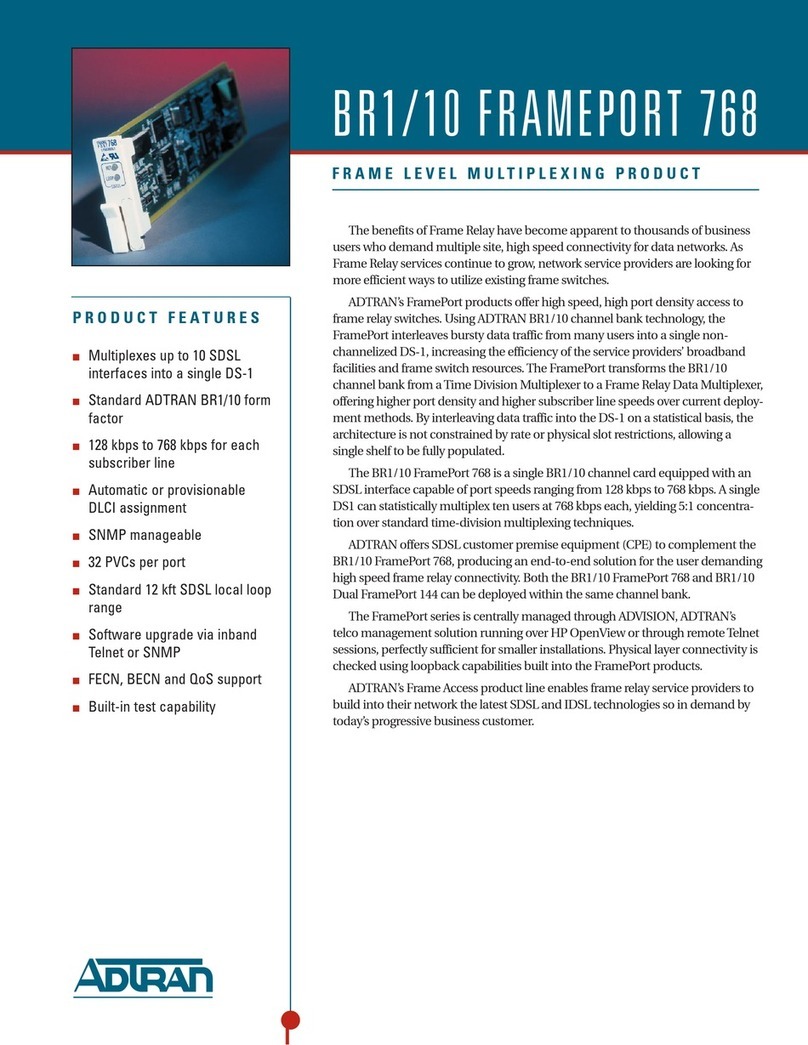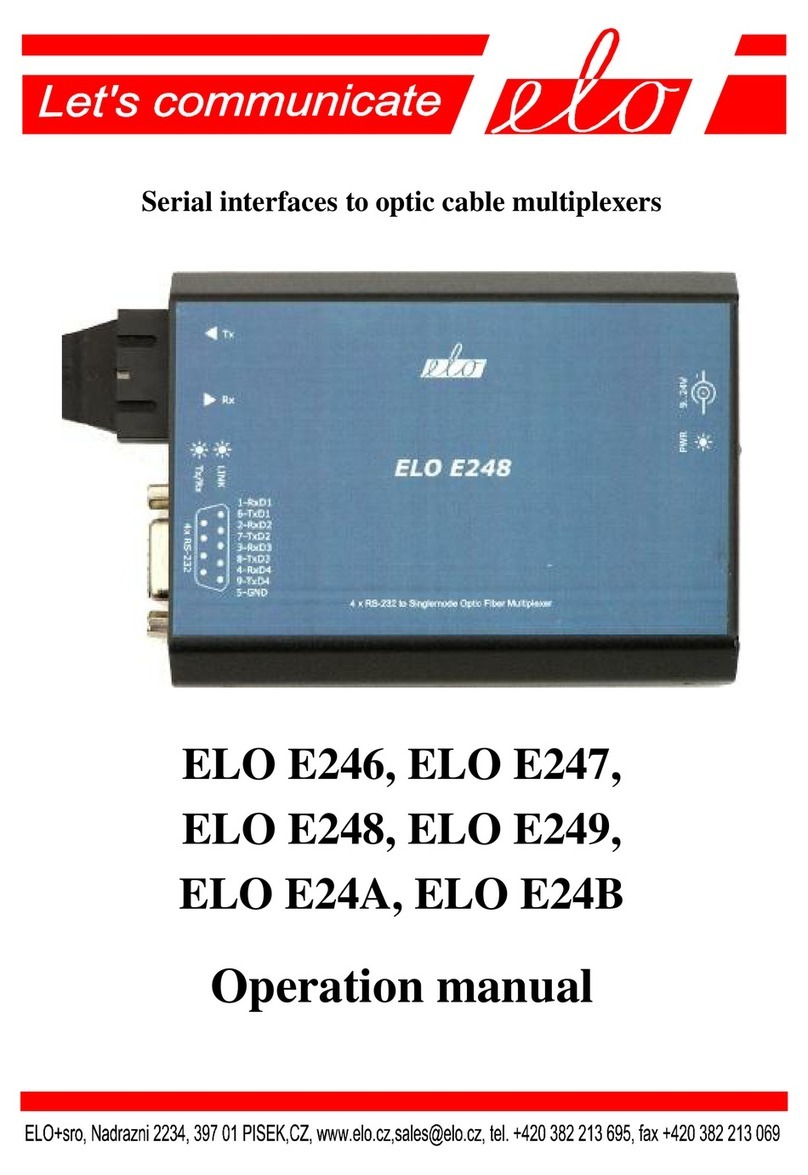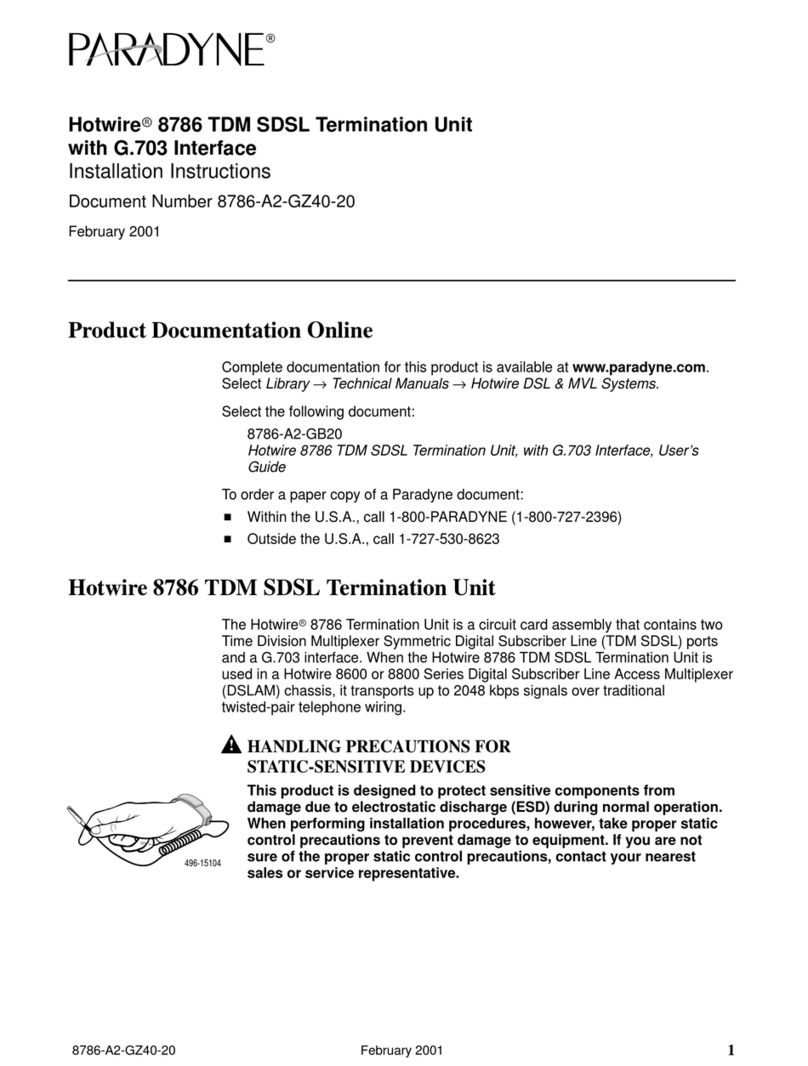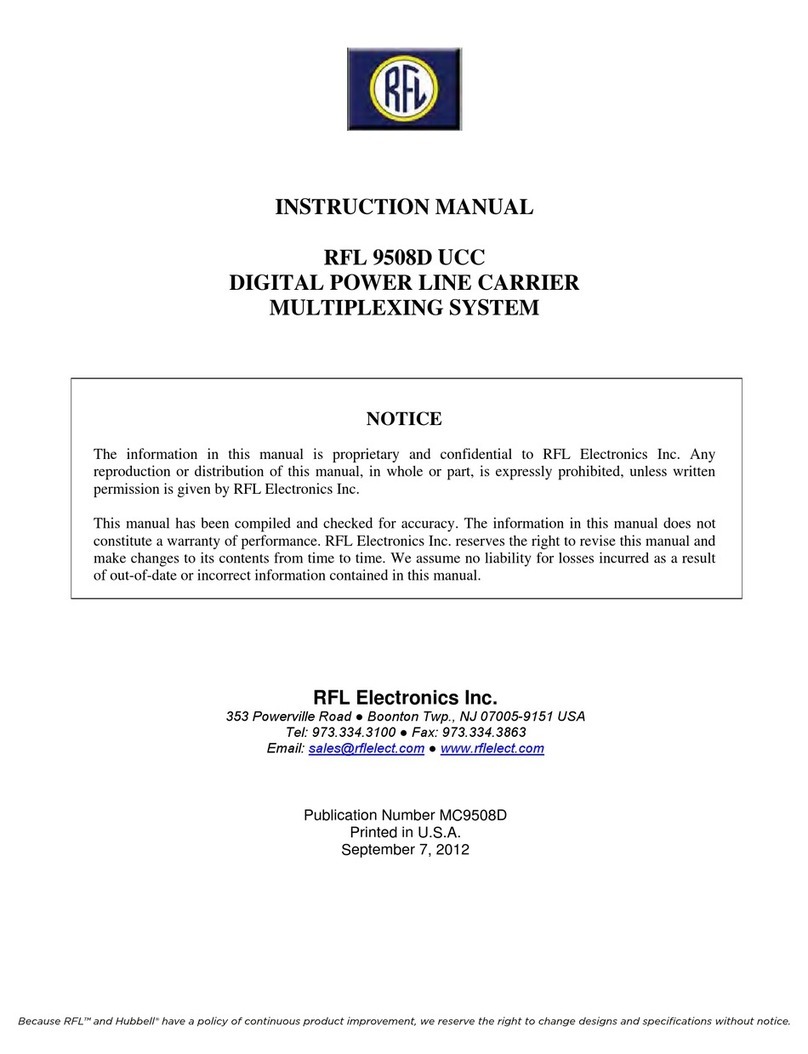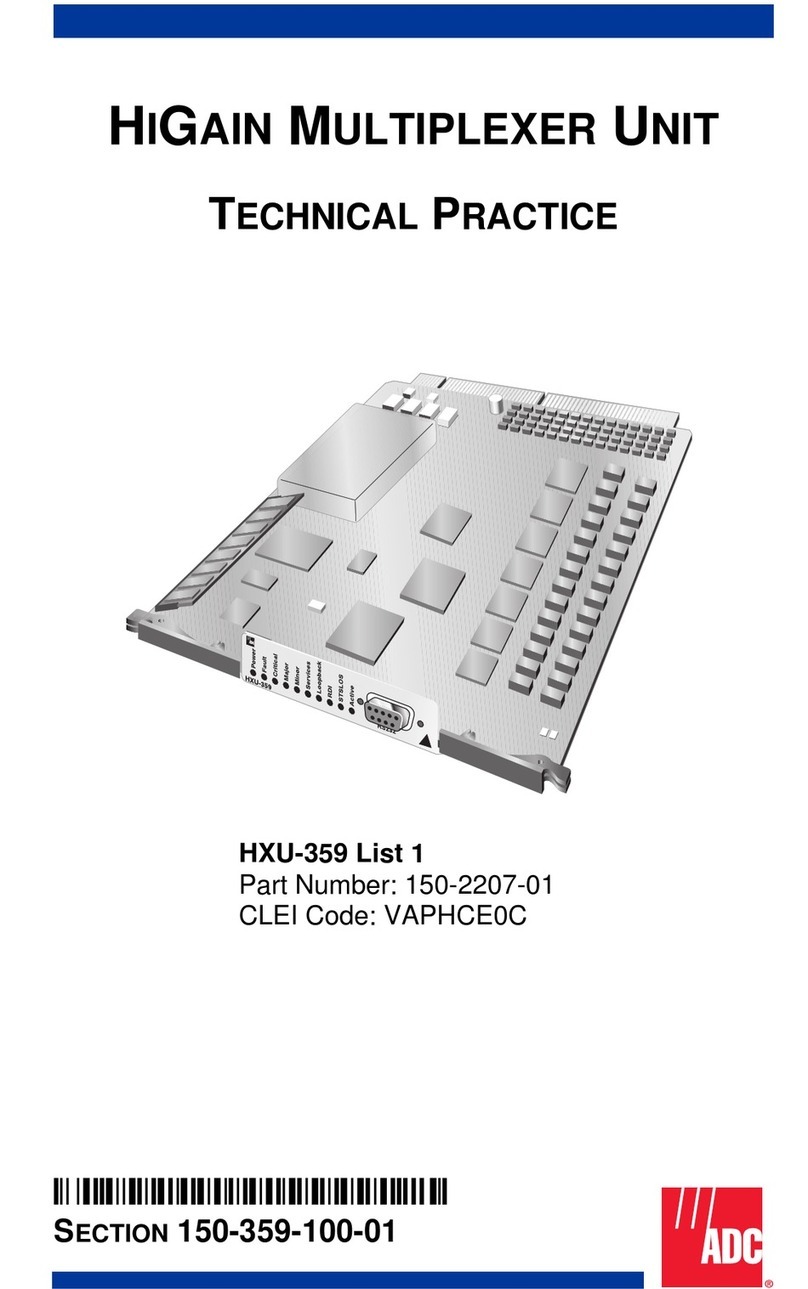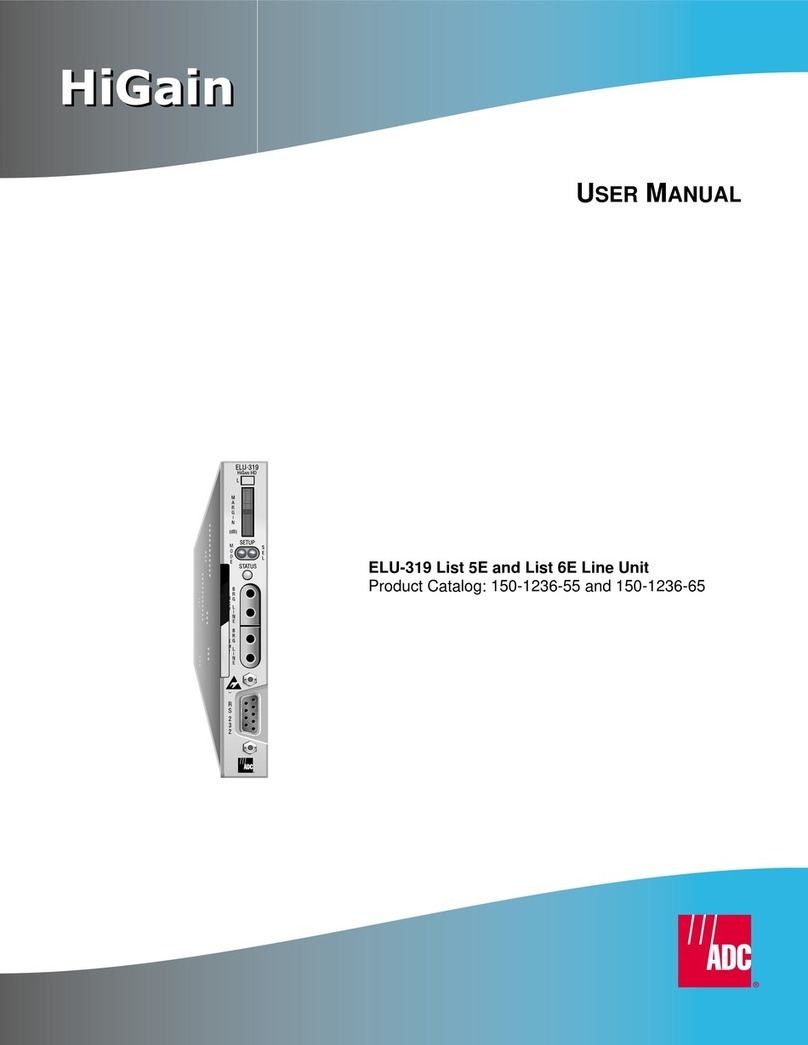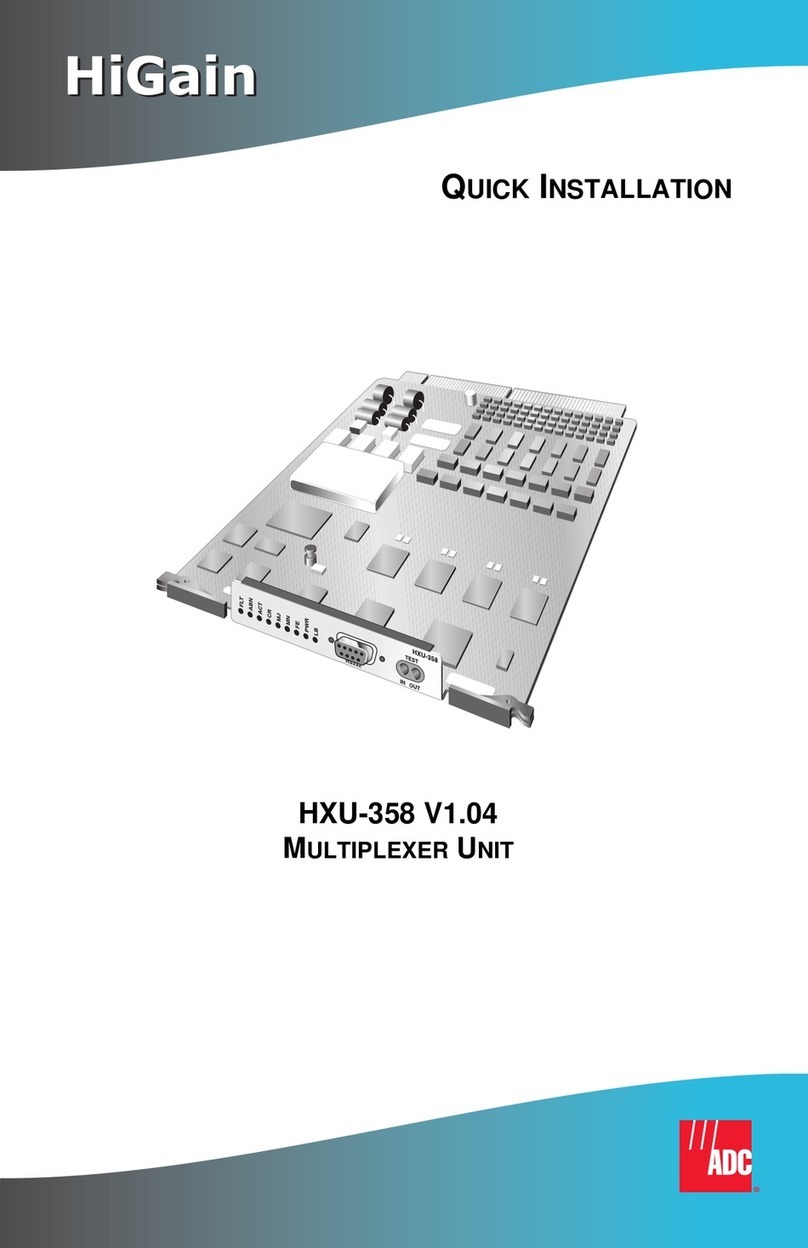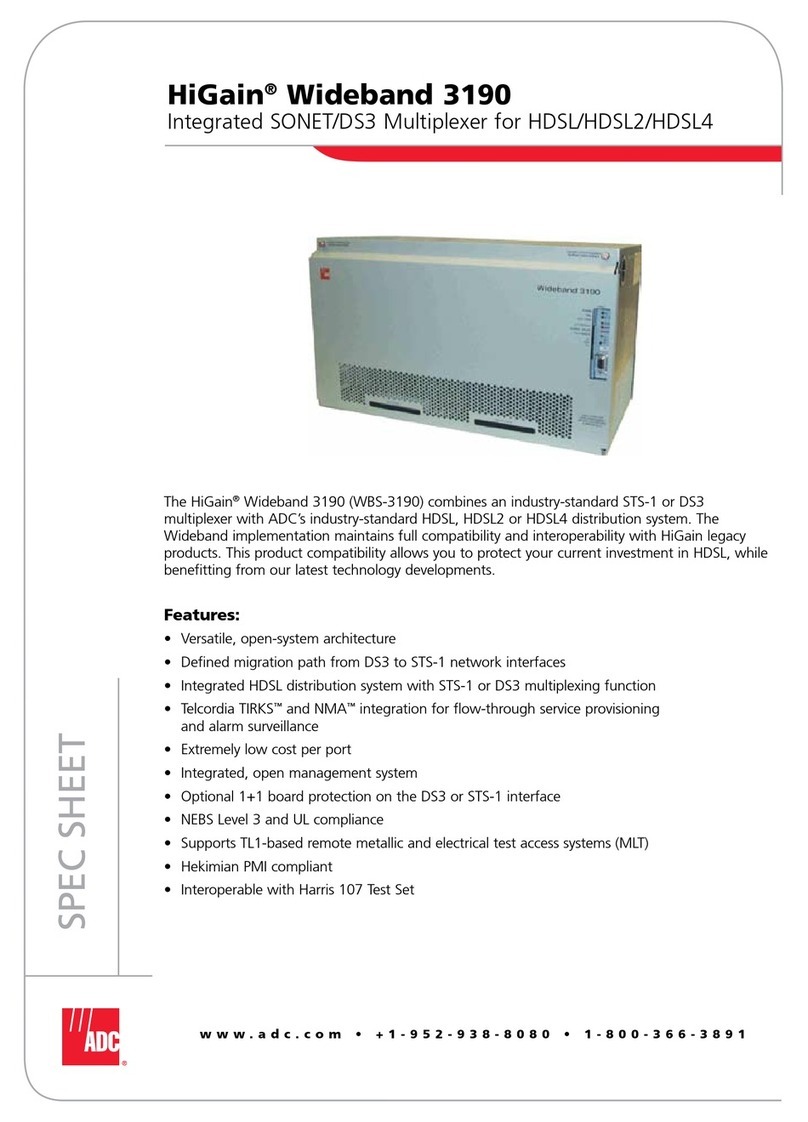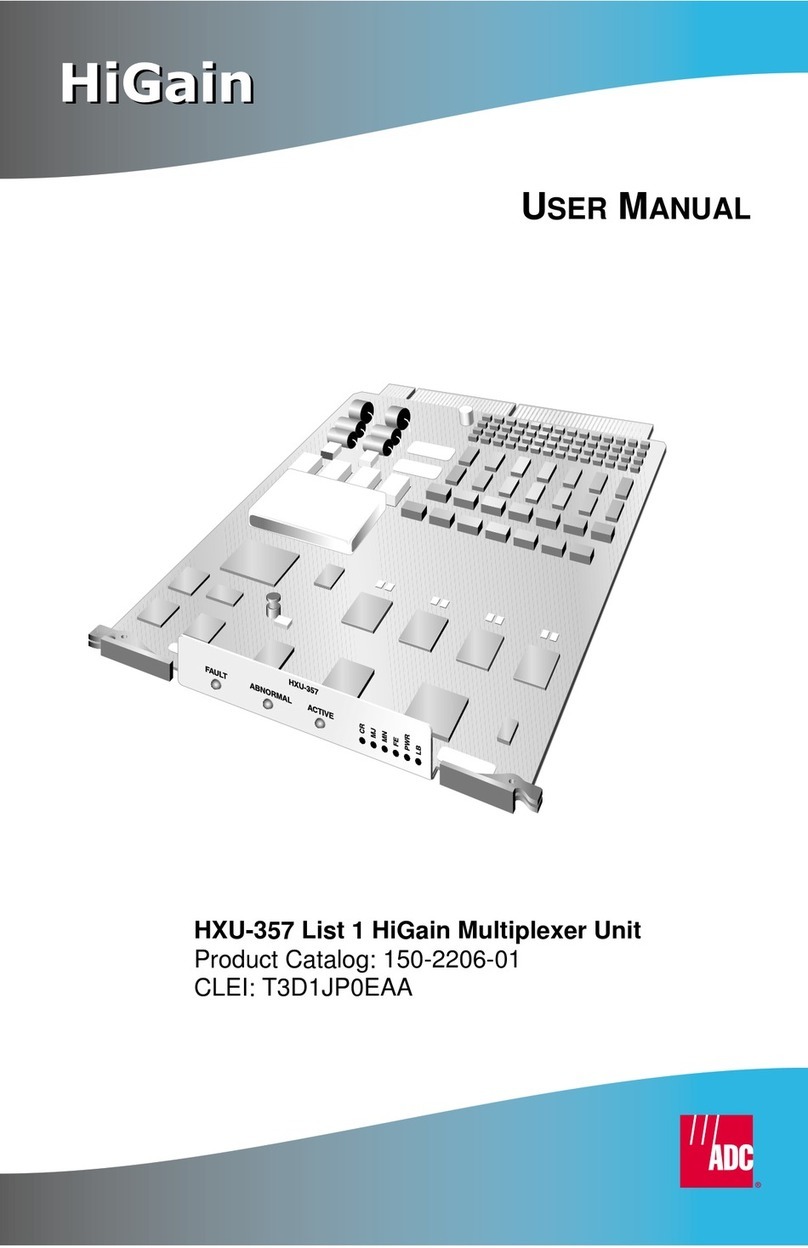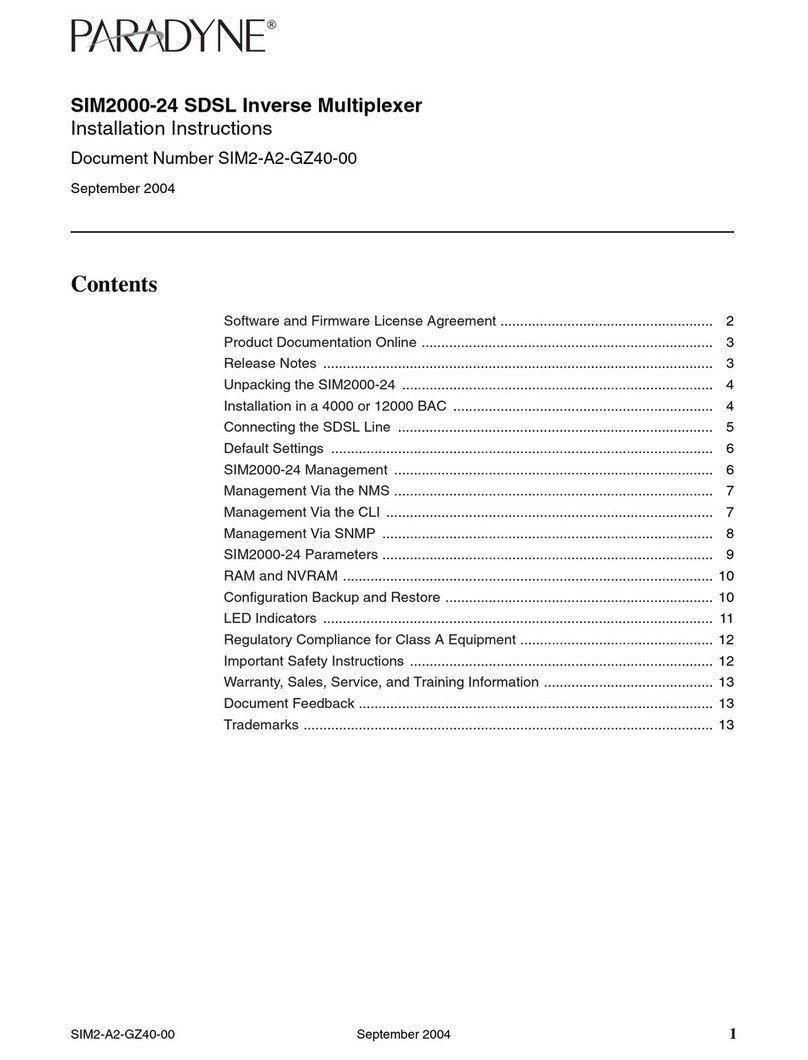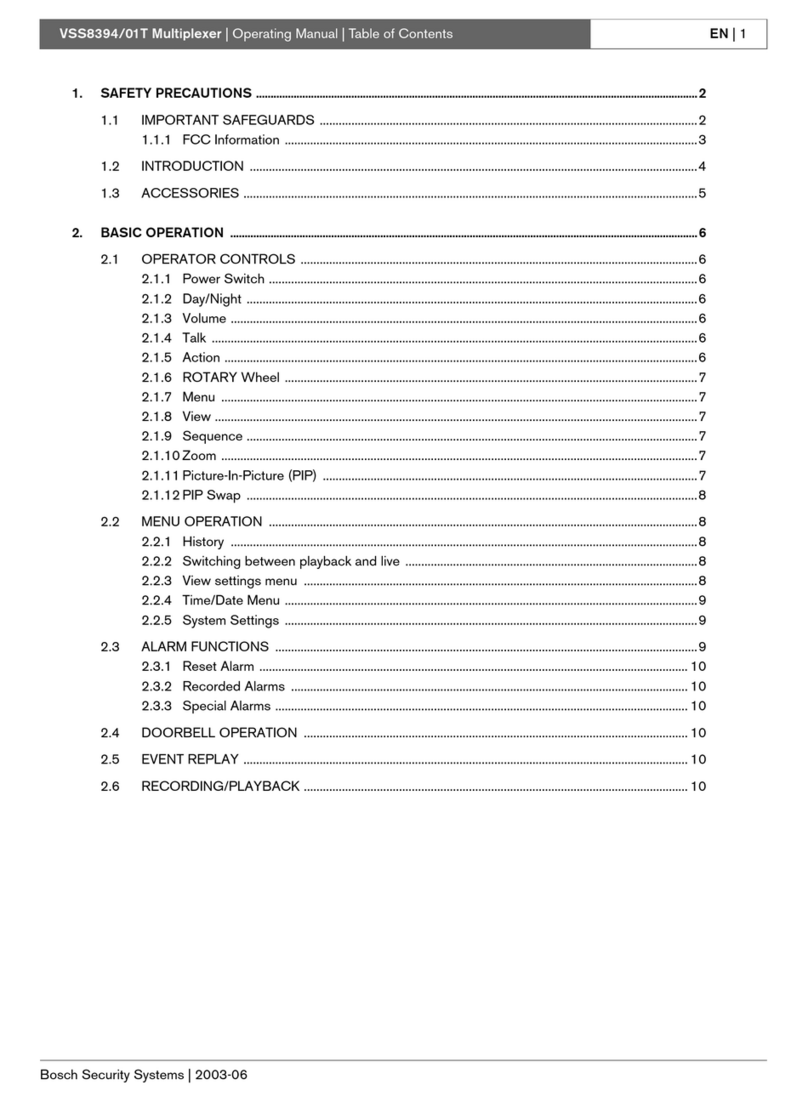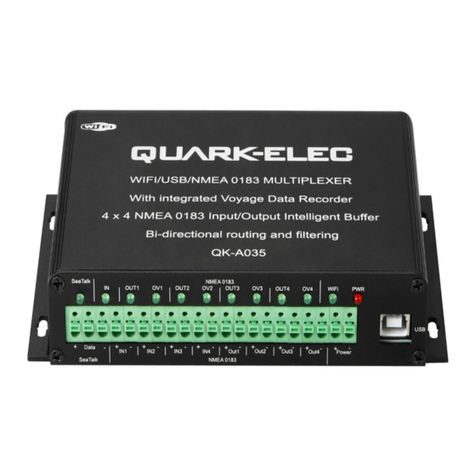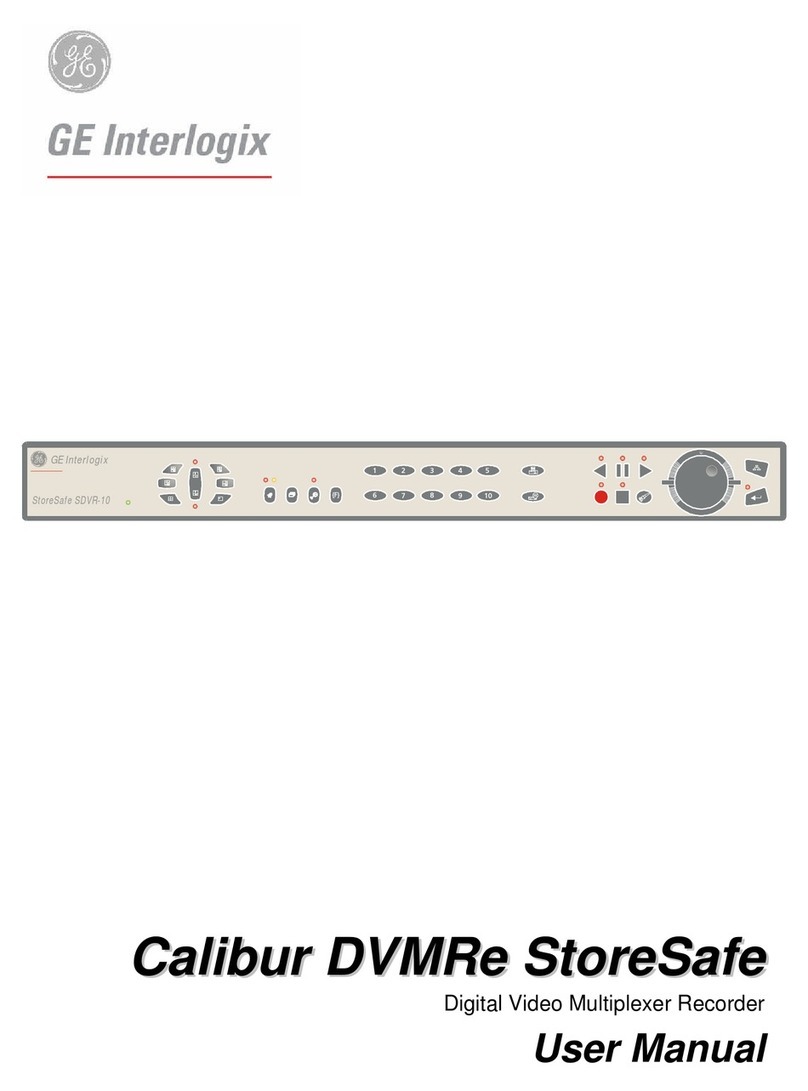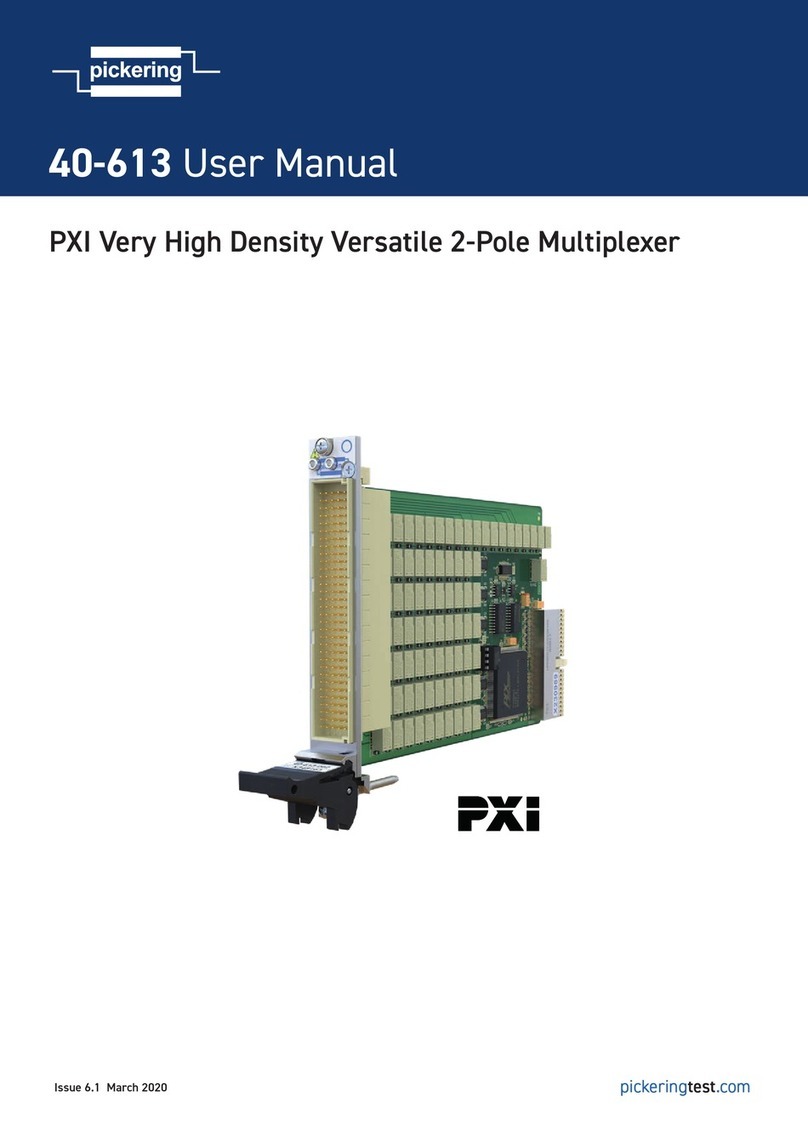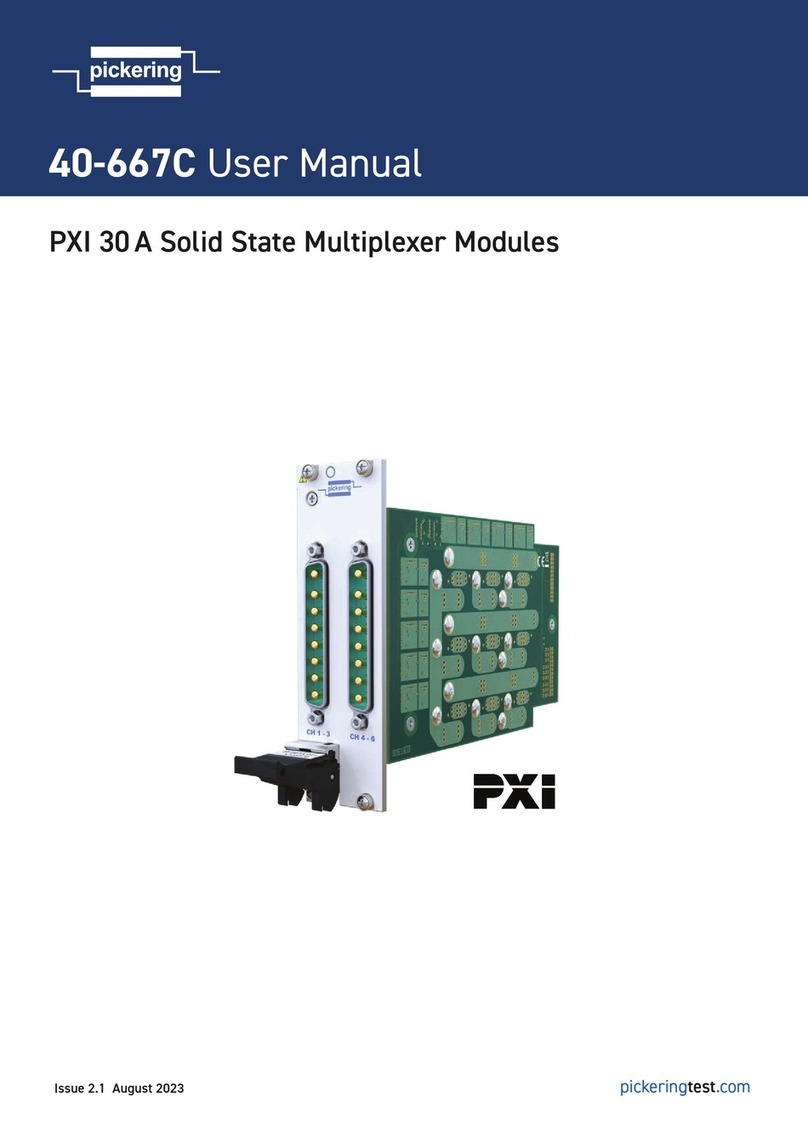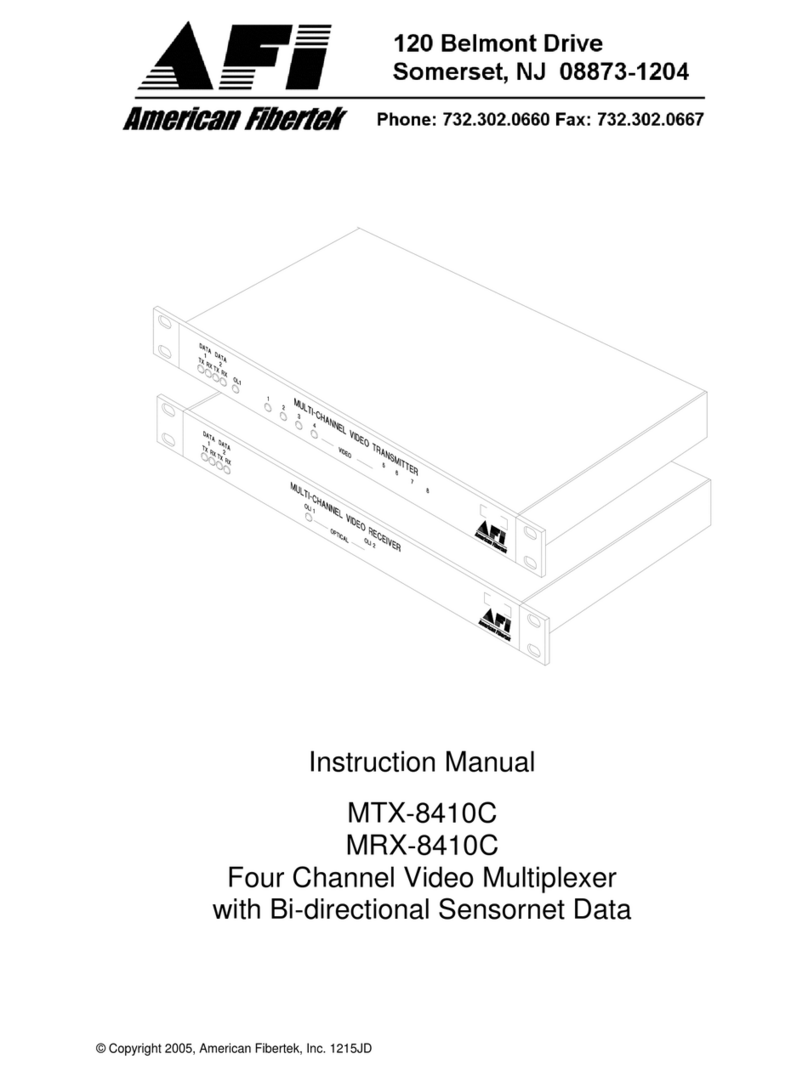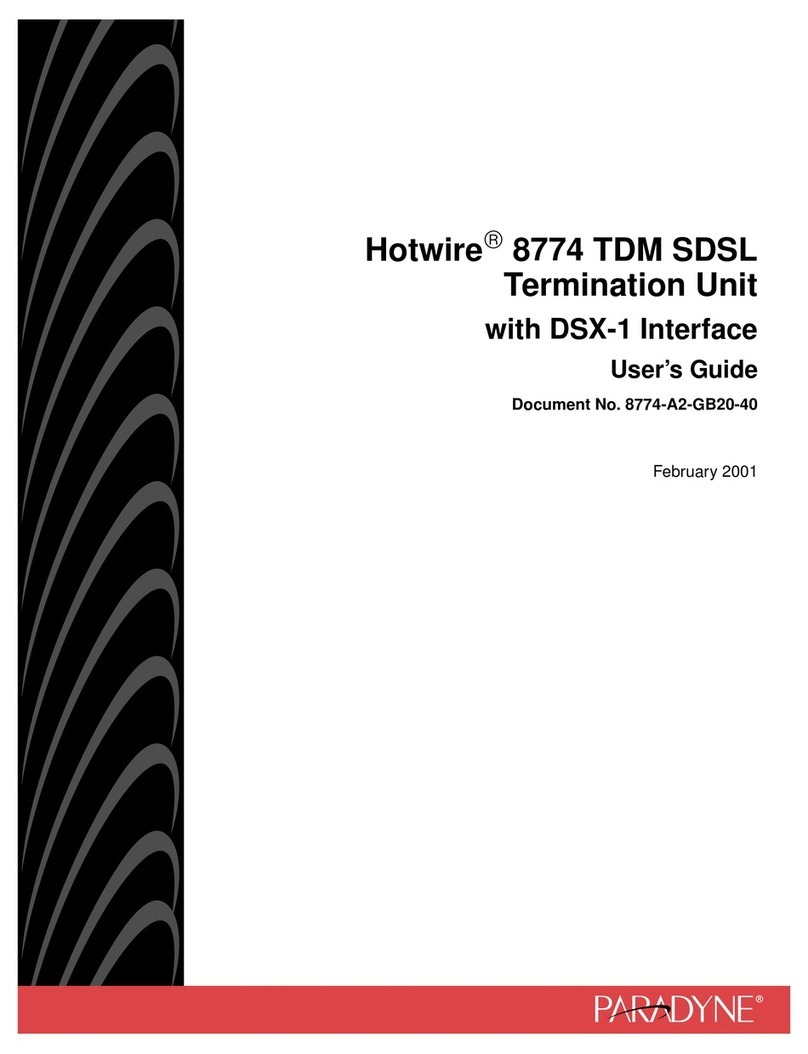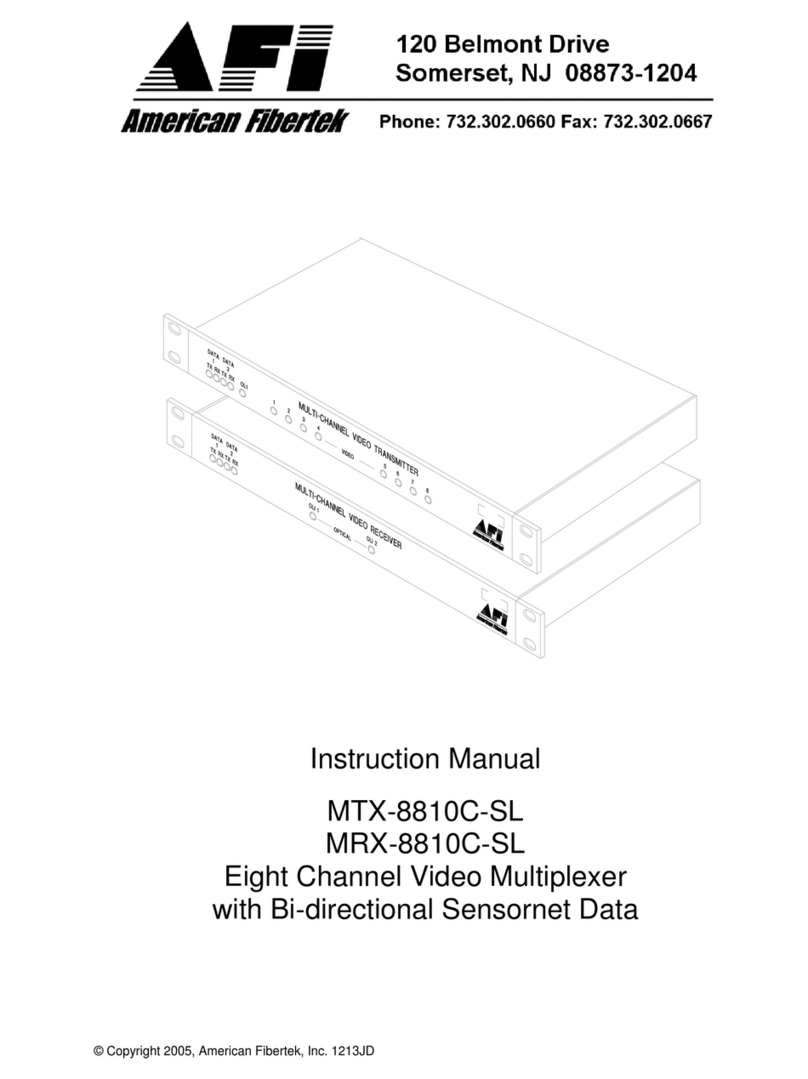
LTPH-TP-1047-01, Issue 1 Table of Contents
H2TU-R-402 List 5E March 12, 2001 v
TABLE OF CONTENTS
Overview ____________________________________________________________________________ 1
Features..............................................................................................................................................1
Compatibility .....................................................................................................................................2
Applications .......................................................................................................................................2
Front Panel __________________________________________________________________________ 4
Installation___________________________________________________________________________ 6
Verification ........................................................................................................................................7
Verification without an H2TU-C Line Unit ........................................................................7
Verification with an H2TU-C Line Unit .............................................................................7
Viewing System Screens________________________________________________________________ 8
Connecting to a Maintenance Terminal.............................................................................................8
Logon Screen .....................................................................................................................................8
Monitoring System Activity and Performance ____________________________________________ 11
Using the Monitor Screen to View System Activity........................................................................11
Using the Performance Screens to View Performance Data............................................................13
Performance History at the DS1 Interface.........................................................................13
Performance History at the HDSL2 Interface ...................................................................18
Using the Performance Screens to View Alarm Data......................................................................20
Alarm History at the DS1 Interface...................................................................................20
Alarm History at the HDSL2 Interface..............................................................................22
Using the System Event Log to Track Events .................................................................................23
Using the Report Menu....................................................................................................................25
Loopback Operation _________________________________________________________________ 27
Generic Loopback Commands ..........................................................................................27
Special Loopback Commands ...........................................................................................29
Loopback Test Procedures...............................................................................................................29
GNLB Test Procedures......................................................................................................29
A2LB Test Procedures.......................................................................................................31
A3LB and A4LB Test Procedures.....................................................................................33
SmartJack Test Procedure .................................................................................................33
Appendix A - Specifications____________________________________________________________ 34
Loop Attenuation .............................................................................................................................35
H2TU-R-402 List 5E Card-Edge Connector ...................................................................................35
Craft Port..........................................................................................................................................36
Local and Line Power........................................................................................................36
